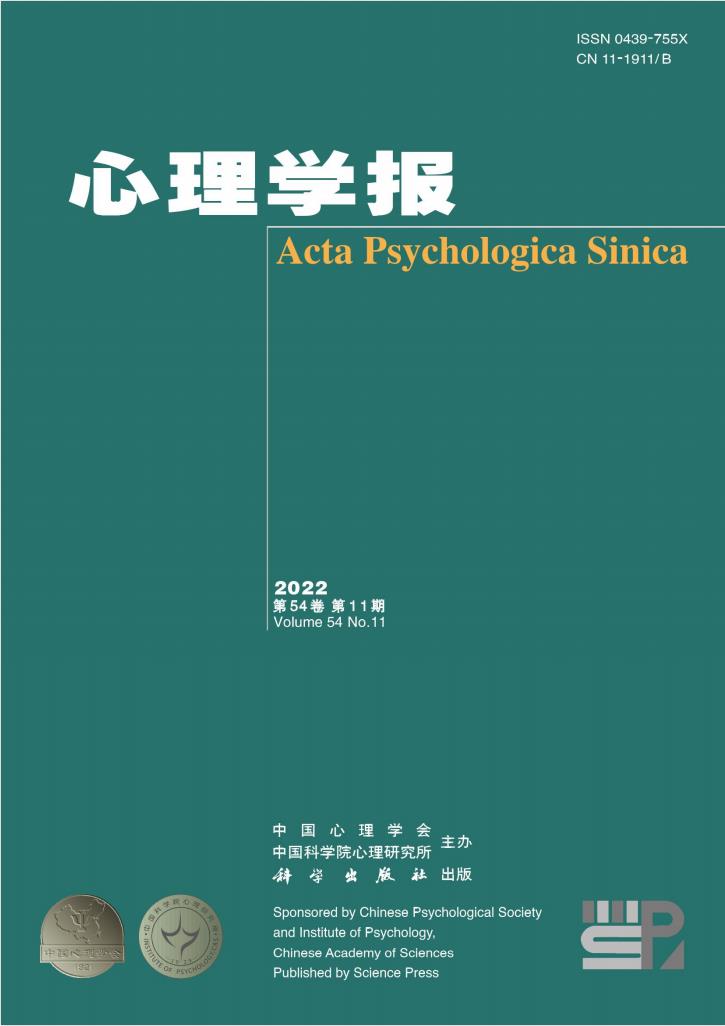睾酮对有反社会倾向的少年犯攻击行为的影响:敌意注意偏向的中介作用和皮质醇的调节作用
IF 1.3
4区 心理学
Q3 PSYCHOLOGY, MULTIDISCIPLINARY
引用次数: 1
摘要
睾酮与攻击行为关系的完全中介作用(即变异性在AQCV总分、身体攻击分量表得分和愤怒分量表得分的预测中起完全中介作用)。TL-BSNEGATIVE峰值在睾酮对言语攻击分量表得分的预测中起完全中介作用。(2)皮质醇调节了高皮质醇水平时睾酮与敌对性注意力偏向、注意回避(注意- bsnegative峰值)和变异性之间的关系,从而降低了攻击水平。然而,在低皮质醇水平下,注意偏向对敌对刺激的中介作用不显著。基于双激素假说和社会信息加工理论,本研究从生物激素和社会信息加工的角度考察了具有反社会倾向的少年犯攻击行为的调节模型。本研究揭示了未成年犯攻击行为的潜在发展机制,为基于激素的干预未成年犯攻击行为提供了经验基础。最后,在生物激素对攻击行为的中介调节作用的基础上,本研究表明,增加具有反社会倾向的少年犯的注意回避和皮质醇水平可能有助于减少其攻击暴力行为。本文章由计算机程序翻译,如有差异,请以英文原文为准。
Testosterone and aggressive behavior in juvenile offenders with antisocial tendency: The mediation effect of hostile attention bias and the moderation effect of cortisol
complete mediation role in the relationship between testosterone and aggressive behavior (i.e. variability a complete mediation role in the prediction of AQCV total score, physical aggression subscale score, and anger subscale score. Peak TL-BSNEGATIVE played a complete mediation role in the prediction of verbal aggression subscale score by testosterone). (2) Cortisol moderated the relationship between testosterone and attention bias toward hostile More at a high cortisol level, attention avoidance (Peak TL-BSNEGATIVE) and variability, thereby reducing the aggression level. However, the mediation effect of attention bias toward hostile stimuli was not significant at a low cortisol level. Based on the dual-hormone hypothesis and social information processing theory, the present study examined a moderated mediating model in a sample of juvenile offenders with antisocial tendency using the perspectives of biological hormone and social information processing in aggressive behaviors. The present study revealed a potential development mechanism of aggressive behaviors in juvenile offenders and thus provides an empirical foundation for hormone-based interventions against aggressive behaviors in juvenile offenders. Finally, on the basis of the mediation and moderation effects of biological hormones on aggressive behavior, the present study indicates that increasing attention avoidance and the cortisol level for juvenile offenders with antisocial tendency might help reduce their aggressive violence.
求助全文
通过发布文献求助,成功后即可免费获取论文全文。
去求助
来源期刊

心理学报
Psychology-Psychology (all)
CiteScore
1.70
自引率
13.30%
发文量
1612
期刊介绍:
Acta Psychologica Sinica (ISSN 0439-755X) is a scholarly journal sponsored by the Chinese Psychological Society and the Institute of Psychology, Chinese Academy of Sciences, and published monthly by the Science Press.
Acta Psychologica Sinica has been included in many important national and international indexing systems such as SCOPUS (Elsevier), ESCI (Web of Science), PsycINFO (APA), CSCD. It is the flagship journal of the Chinese Psychological Society that publishes peer-reviewed original empirical studies and theoretical articles spanning the entire spectrum of scientific psychology.
Acta Psychologica Sinica publishes high-quality research that investigates the fundamental mechanisms of mind and behavior and aims to deliver scientific knowledge to enhance our understanding of culture and society. It welcomes submissions of manuscripts reporting research that is up-to-date, scientifically excellent, and of broad interest and significance.
 求助内容:
求助内容: 应助结果提醒方式:
应助结果提醒方式:


